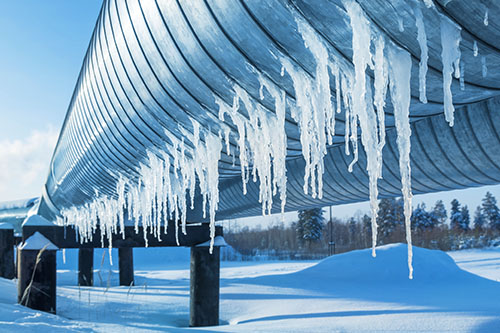
With winter in our midst, our concern will be keeping warm. We will be turning on our furnaces and bringing out extra blankets to fight off the cold. Heating our homes can be one of the bigger expenses we run into as far as utilities are concerned, and since everyone is turning on the heat, more natural gas is being used. The question is, how does cold weather impact natural gas prices?
Around half of United States households use natural gas for heating and cooling their household. The price of natural gas is dependent on supply and demand. Therefore, when temperatures outside reach more into the extremes there is more of a demand for natural gas usage. In the winter, your natural gas prices may increase slightly because there is more demand for natural gas so people can heat their homes and keep themselves warm.
The prices of natural gas are also dependent on how much natural gas is in the US natural gas inventories. Inventories start to build up at the end of the winter, but if a winter is long and particularly cold, it can lead to an increase in prices because the demand is high and the inventory is low.
Other weather conditions can also effect the prices of natural gas because they can lead to the disruption of production. Hurricanes and severe weather can lead to the slowing or stoppage of natural gas production. This will lead to the US having less natural gas, so that can also potentially affect the prices. However, most of the natural gas we use comes from the US, so we do have easy access to it, and the supply is there for us.
It is good to know that the price of natural gas can change just so you are prepared in case it happens, but it is also important to remember that natural gas is one of the cheapest, cleanest-burning fossil fuels. Even if prices do change, you are still getting a great source of energy at a good price.